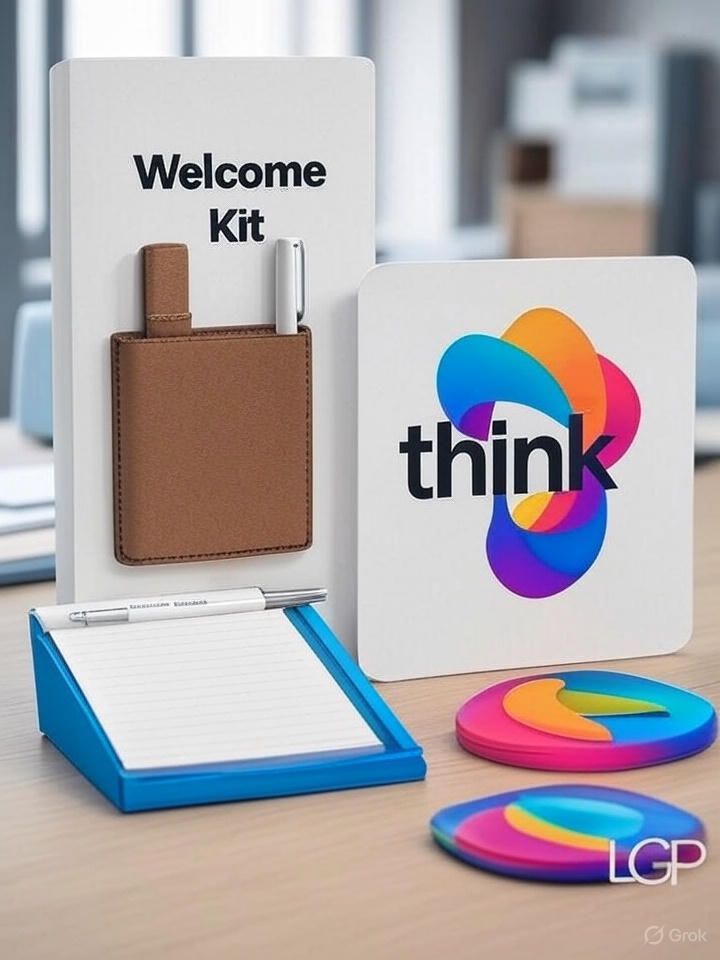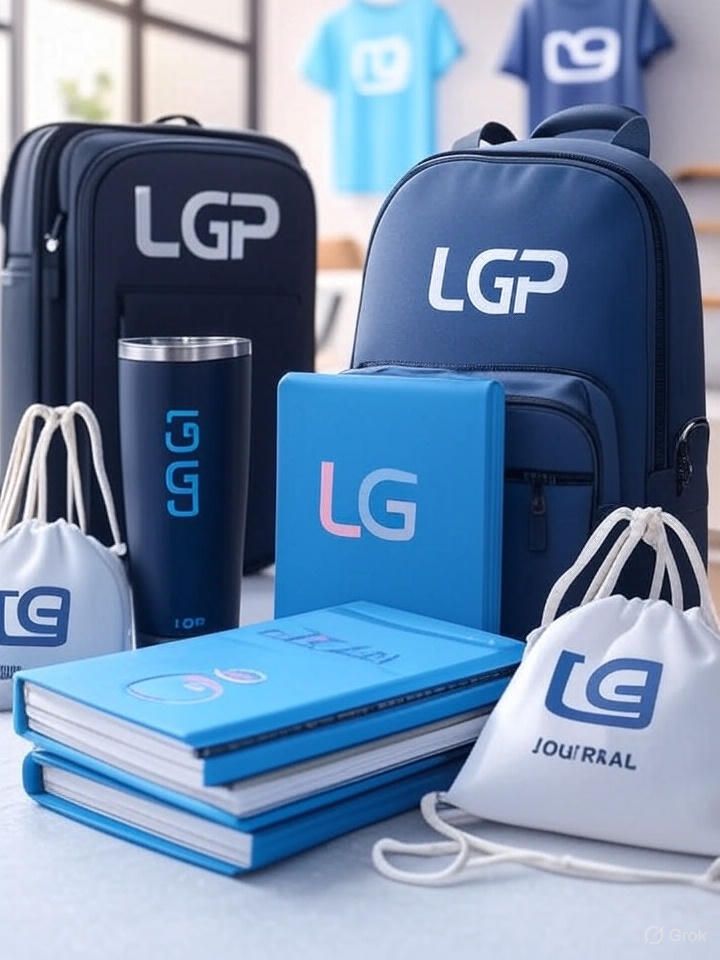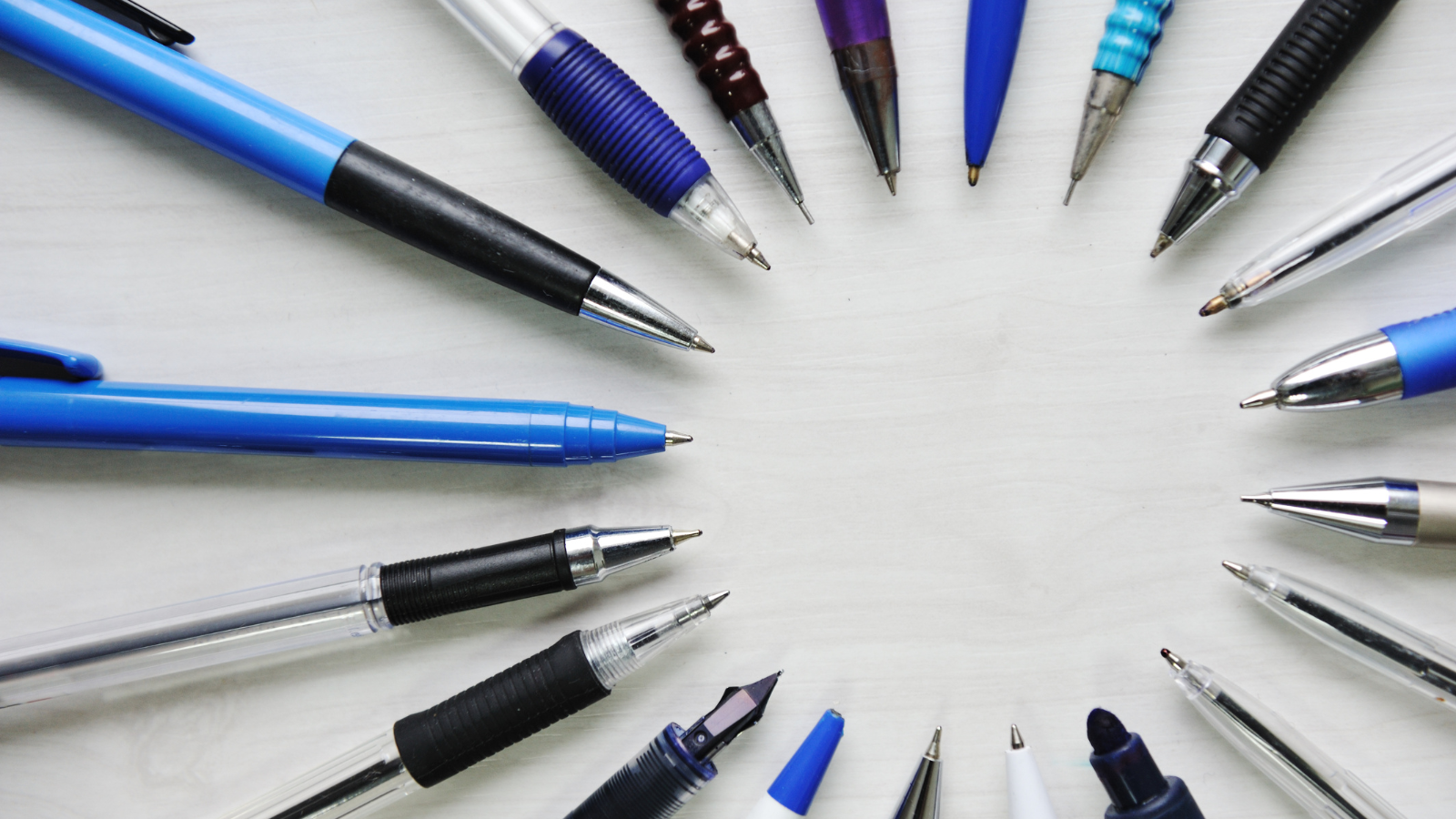Timeline for Planning for a Trade Show
12 Months Out: Establish your goals and pick your trade show
What are your goals? 🤔🤔
Getting involved in trade shows are a great idea, but before you start looking into them, you should discuss the purpose of having an exhibit in the first place.
People join trade shows for various reasons: getting leads, meeting investors, launching new products—the list goes on. Choosing a trade show will be easier if you have a specific set of goals in mind, because you'll be able to filter your options based on your company's goals.
Choose a trade show 🎯🎯
You've already established that you'd like to have a trade show exhibit but now it's time to choose which trade shows you'll be involved in. Think back to those goals you identified earlier and choose trade shows that align with them.
Here's an example: If your goal is to walk away with at least 100 leads for your business, find out how many spots the trade show will have available.
9 Months: Let's discuss the budget 🫰💰
When you plan a trade show exhibit there are many factors that need to be considered—the most important being the budget. Here are some things to think about when you start looking at the costs associated:
Details about the venue
Once you've determined the trade show you'll be involved in, start checking out the venue. Look at the layout of the venue and find out if there's any extra cost for additional services such as electricity or internet access. Be sure to act quickly and secure a great spot as well.
Space, size and design of your exhibit
Think about how much space you'll need for your exhibit. Most trade shows have a specific booth size requirement for exhibitors, and it is important that you know what this is ahead of time so that you can plan accordingly.
The booth size will determine how large of an exhibit you can build (or rent) and where you can put it in the venue space. You also need to figure out the type of material and display pieces you want to use in your exhibit. Some companies opt for traditional display cases while others choose foam core boards or pop-up tents instead.
These types of items are easy to transport and set up quickly, so they are popular choices among exhibitors who have limited time during their busy schedule at a trade show event.
Staff
Who are the people involved in the execution of your trade show exhibit? Once you've identified your team members, you'll want to start discussing the costs associated with each of them.
Some of them may already work for you, which means you probably already have an idea of how much you'll need to spend as it relates to them. However, you may also want to hire third-party services as well (photographers, decorators, etc.), so browse your options and identify the people who will take part in your exhibit.
Promotional Merchandise
Promotional products are a powerful marketing tool, so you can't go wrong with offering some goodies at your booth. People love free stuff, and they love to get things that they can use for themselves or for their business, so you can really create a buzz around your booth.
Some popular promotional items at trade show booths include: T-shirts, water bottles, mugs and flash drives—all of which are available on LGP Hub.
Here is a typical breakdown of trade show costs, according to Nimlok Trade Show Marketing Tips:
- Exhibiting Space – 30%
- Show Services – 20%
- Exhibit Design – 10%
- Shipping and Drayage – 10%
- Promotional Material – 5%
- Booth Staffing & Travel – 20%
- Miscellaneous Costs – 5%
6 Months: Start spreading the word 🗣️📣
At this point, you should have already started promoting the event and your exhibit. Promoting your trade show exhibit will help you to attract potential customers and get them to visit your booth.
There are several ways to promote your trade show exhibit, but one of the most effective methods is through social media. Get more reach by tagging the venue, sponsors and other persons who may be involved in producing the event.
You should also consider sending out emails, especially if you have an email list of customers or clients that you can contact.
3 Months: Confirmation and Execution 🤝
This is the final stretch—the last 3 months. By now, you should have already started finalizing all the details stated above. Make sure you tie up all loose ends, make your bookings and pay your deposits.
Make arrangements with your team
Start delegating responsibilities to your team and making sure that everyone is prepared for the day of the event. You can do this by making a list of all tasks that need to be done for the day, and distribute these activities accordingly.
Travel arrangements ✈️🧳
Some events require hotel bookings because they last more than a day and may be held in a separate city. Be sure to finalize the booking details and itineraries for everyone involved. If the event's venue is at a hotel, then this would of course be your first choice.
Make sure all materials are in place ⚒️
These include structures, furniture, décor, and all printed materials being used for your exhibit. This is the perfect time to catch any flaws or mistakes made in the process and have them corrected before the day of the show.
A trade show is a great way to get exposure for your company. You can meet people face-to-face and talk about what you offer since who attend these events are potential clients. Start looking into this early. Planning gives you plenty of time to prepare, so now's the time to think about your exhibit and how you want to present your brand.
If you're planning a trade show exhibit, we'd love to help you come up with ideas for your next swag line up. Feel free to browse LGP Hub for some ideas or book a swag consultation with us.












